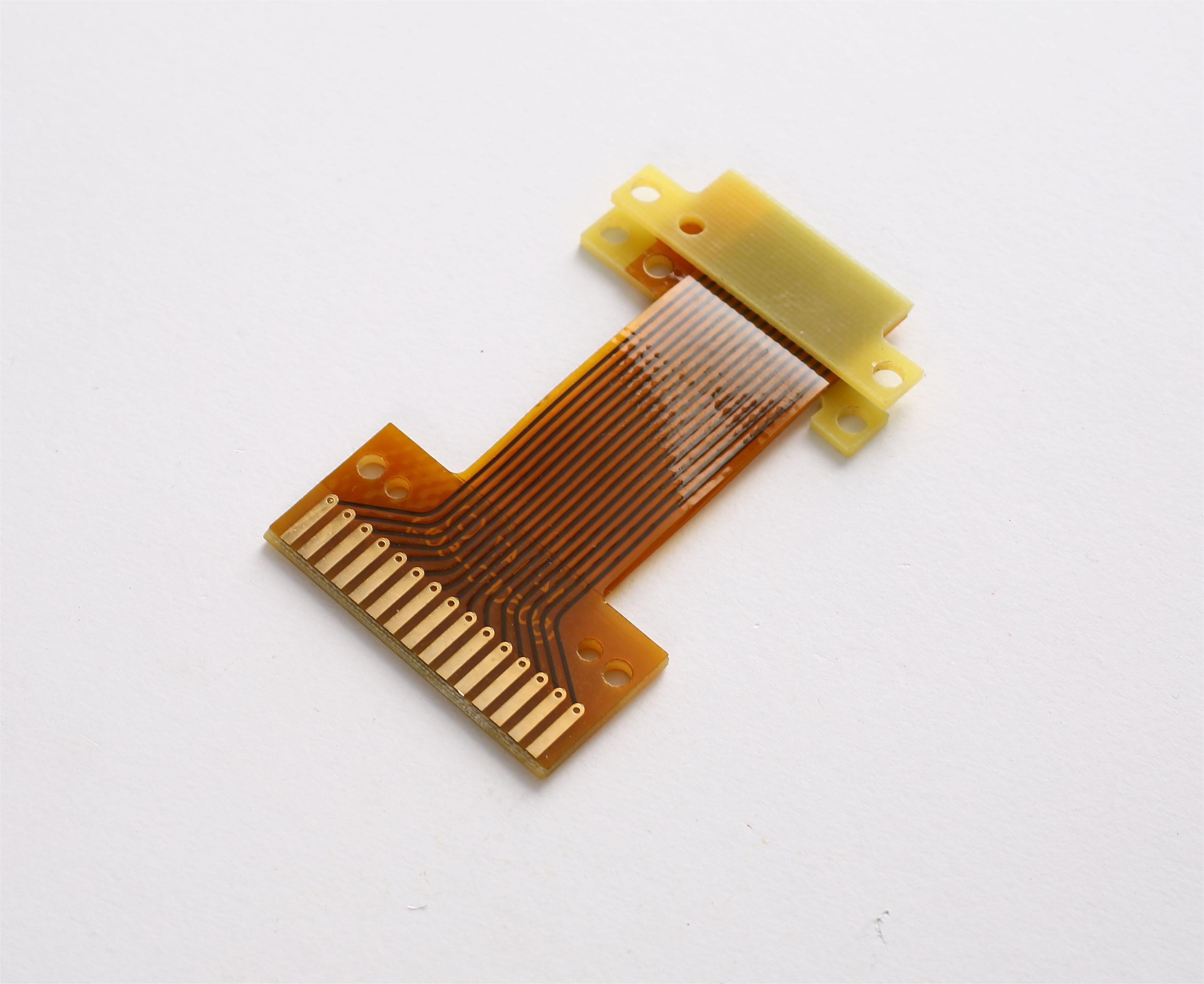Light weight, mall sizes
You probably don't think weight matters very much in space exploration. After all, everything is basically weightless, right? Unfortunately, the rocket and its payload still have gravity during takeoff. Bringing the things on the ground into orbit is one of the most energy intensive parts of the whole process. Flexible circuit has low quality and covers less than the traditional PCB, making it an ideal choice for aerospace industry.
The flexible circuit is lighter than the ordinary circuit board. Instead of using thick rigid substrates, they are mounted on thin films. The base weight is reduced by 75% weight reduction. That may not seem important, but when you're paying your own rocket fuel, every ounce is important.
Flexible circuits are not only portable, but also smaller in size. Obviously, the film takes up less space than the thick substrate, but the main volume savings come from flexibility. The traditional circuit board requires a certain amount of 3D space, flexible PCB can be squeezed or folded into corners and pits. They can also bend into unique 3D shapes and fill unused spaces. With enough creativity, it can save up to 60% of the space compared to the conventional circuit board. Size is important, because larger payloads mean bigger, heavier launch vehicles.

reliability
Reliability is very important when designing a space board. NASA launched Voyager One 36 years ago, and it's still flying. If you want to fly in the air for 36 years, your circuit must be quite trustworthy. Flexible plate can bear more dynamic force than traditional plate, and eliminate high fault interconnection point.
The spacecraft is mainly affected by various dynamic forces during take-off. Dynamic force is the bane of traditional boards, and vibration causes up to 20% faults. Flexible and rigid flexible plates are distorted during operation and can be bent thousands of times before failure occurs. This will help the flex plate bend rather than break, and continue to work under harsh conditions.
Connections, such as solder joints, crimp, are also the main risk of failure. These attachments can also be destroyed by dynamic forces. Flexible circuits eliminate this risk by eliminating connections, and most of the connections on the flexible board are made in the substrate. In order to connect failure, the whole PCB will have to fail. Therefore, the flexible circuit almost eliminates the fault point of your circuit board.
Multi functionality
The vacuum in space is a formidable place, full of formidable challenges. Engineers need generic components to overcome these obstacles. Flexible circuits provide physical adaptability, enabling designers to implement strange shapes and scalable components on their spacecraft.
Sometimes it is inconvenient to insert a large rigid rectangle into a small area of a spacecraft. The flexible circuit can match any surface mounted on it. This means that they can be installed wherever they are needed. You can install the circuit next to the array, rather than running the wire from the central unit to the remote sensor array.
Flexibility can also come in handy when you want to implement extensible components. We all see deployable solar arrays like satellites. Like power and vibration, the traditional circuit boards can be weakened, and extending and retracting components can cause wear on conventional wires and PCB. You usually venture into this device. However, since flexible circuits are designed only for this kind of movement, you don't have to worry about using consumable devices.










 2021-07-16
2021-07-16
 BEST
BEST

.png)
.png)
.png)
.png)

.png)

